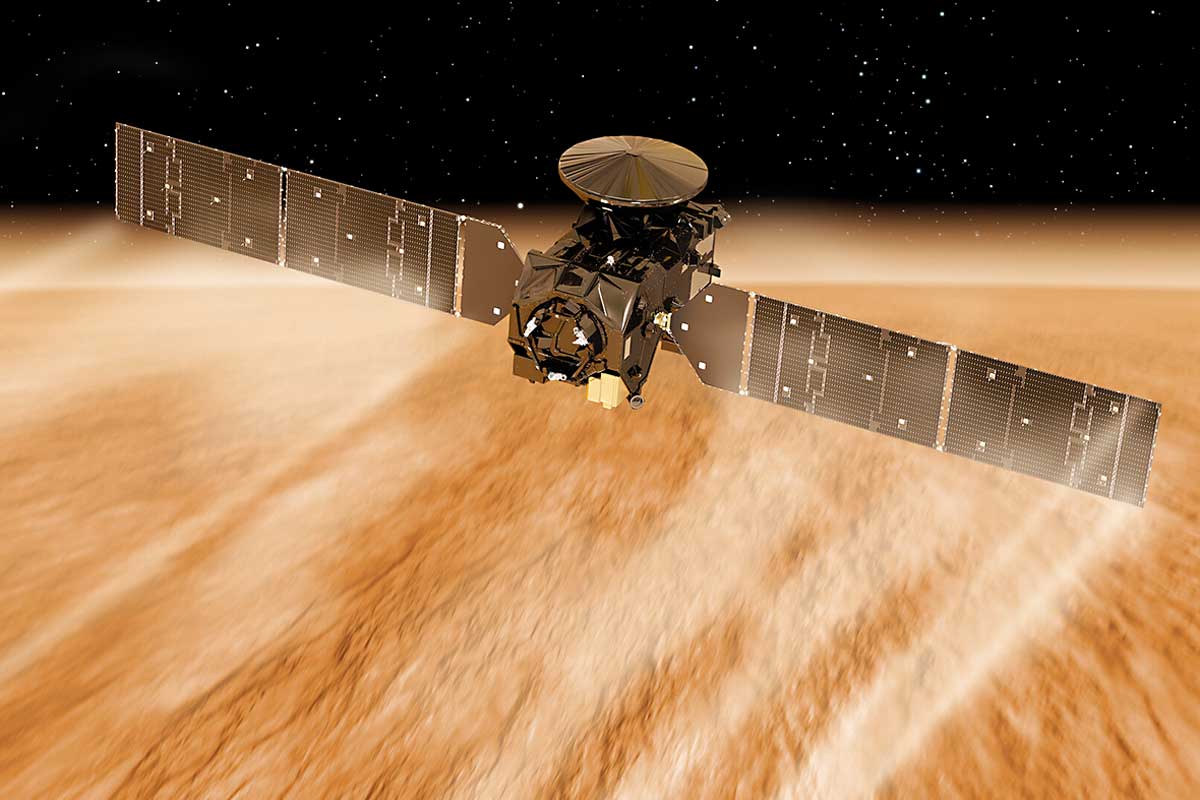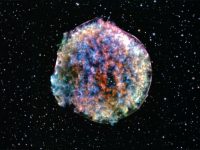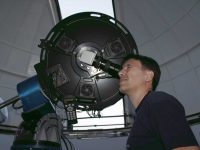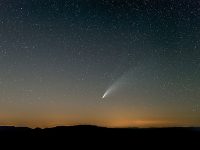
This year we celebrate the 500th anniversary of the birth of Jerónimo Muñoz, a Valencian astronomer from the 16th century, a professor at the University of Valencia and an important figure in European science at the time. He was later forgotten, as we often do in this country with our illustrious compatriots. Muñoz made important observations of the supernova that exploded in 1572 (which we now call «Tycho’s Nova»), as well as eclipses, comets… He even mapped our entire territory with enormous precision.
He pioneered the teaching of the Copernican model, although Muñoz was a geocentrist and considered it to be false. But while he was conservative in this, he was revolutionary in other ways. At the time, astronomy was constrained by the dogma that the sublunar and supralunar worlds were of different natures. The former was made up of the four classical elements, a corruptible place where changes occurred, while the latter, made up of a fifth element, was perfect and unchanging. Muñoz, on the other hand, argued that the whole universe had a single nature, that the state of the stars was similar to that of the clouds, although thicker, and that the air we breathe extended to the planets and beyond, reaching the sphere of the stars. The cosmos was a continuum.
Note that Jeronimo Muñoz’s universe would allow for interplanetary travel by hot air balloon, although he could not have imagined it, as the first balloon flight took place two centuries later. Ideas similar to Muñoz’s were later put forward, and just fifty years after Muñoz’s death, Torricelli weighed the atmosphere and showed that we live at the bottom of an «ocean of air». Even in the 19th century, it was not known how far the Earth’s atmosphere extended, and while it was clear that it did not fill the entire universe, there were serious doubts as to whether it extended to the Moon, since both worlds shared an atmosphere. So there would be nothing to stop us floating to the Moon (as in Edgar Allan Poe’s 1835 story, The incomparable adventure of one Hans Pfaall), although the high speed at which it orbits the Earth would have made landing on the Moon highly problematic. We now know that our atmosphere reaches no higher than 1,200 km above sea level, where it is already extremely rarefied. But Muñoz was right that the cosmos is a continuum, and in a sense there is an atmosphere that reaches the stars, the heliosphere, made up of all the particles emitted by the solar wind. And although it is so thin that it does not allow ballooning, sailing would certainly be an option, more along the lines of Kepler’s proposals (see «Mètode Spacecraft», no. 83).
We also use the atmospheres of planets for space travel. Space travel is very expensive, so any fuel savings are valuable, so gravity assist is often used, a manoeuvre that uses a planet’s gravity to slingshot or slow down a spacecraft (depending on how the manoeuvre is performed). However, when the spacecraft arrives at the target planet, it usually ends up in a very eccentric orbit and needs to slow down even more. This is done by aerobraking: the spacecraft plunges into the planet’s atmosphere and loses speed due to friction with the air. After several aerobraking manoeuvres, the spacecraft reaches its final circular orbit (an as yet untested variant, aerocapture, would theoretically allow it to brake and end up in a circular orbit with a single plunge, albeit under extreme heat). These manoeuvres would undoubtedly please Jerónimo Muñoz, since they show that the planets certainly share their atmospheric nature with clouds, as he argued.





